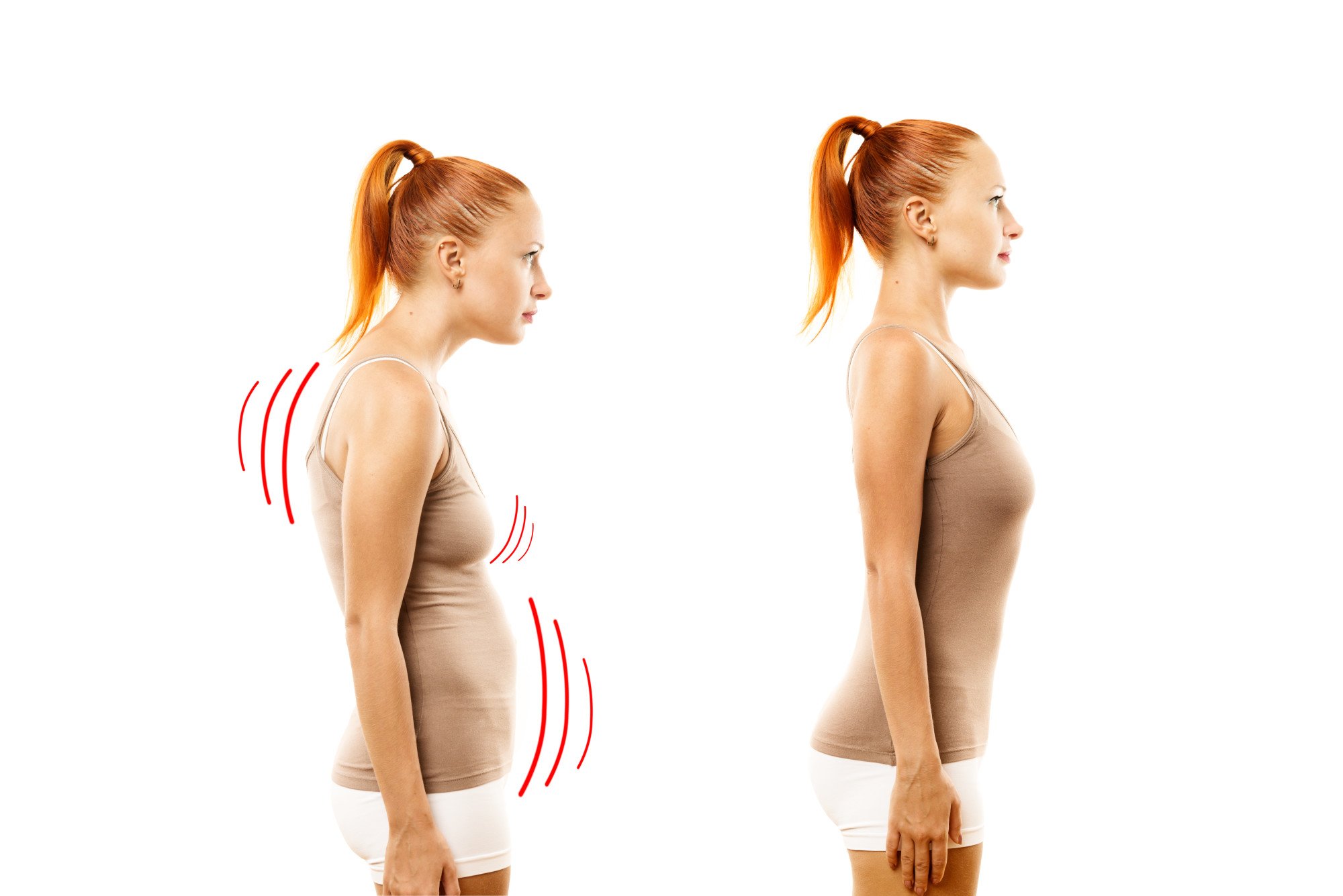You probably know how to tell if someone has a good posture or bad posture by looking at them. But do you have good posture yourself?
If someone calls you out on your poor posture, would you be able to identify it and work on fixing it? Posture can be challenging to understand, even if you’ve encountered the term before.
Understanding your posture, and different types of posture, can help you improve it more efficiently. So it’s better to keep on reading to learn more!
Kyphosis
Kyphosis is an excessive forward curvature of the spine, often referred to as a hunchback or round back. In some cases, it can be the result of a congenital spine defect, but in most cases, it is a result of improper posture.
It can be a mild condition that doesn’t require any medical intervention. Exercise and stretching can help to strengthen the muscles in the back and improve posture.
A professional can also recommend a customized action plan that includes stretches and exercises tailored to your individual needs. Posture correcting aids, such as posture correctors and ergonomic chairs, can also help to improve posture and lessen the effects.
A doctor may recommend surgery if curvature progresses to a more severe level. Regardless of the degree of kyphosis, the most important thing is to stay aware of how your posture affects your health and take the necessary steps to correct your posture. For more solutions, learn more about visiting back doctors.
Flat-Back
Flat back posture is when your head, chest, and back aren’t correctly aligned. This type of posture often results from slouching, poor alignment of the pelvis, or a weak core. It can cause stiffness, joint pain, and poor circulation.
Also, this posture can cause back pain. This can happen when the spine is curved too much and the shoulders are rolled forward. When the spine is in this position, it can put extra strain on the lower back, leading to pain.
There are several ways to fix your flat-back posture. Stretching your chest and back muscles can help to increase flexibility. Strengthening your core muscles helps to keep your body in proper alignment.
Posture-specific exercises, like planks and crunches, can help to improve strength. Practicing good habits, like sitting and standing correctly, can also help to maintain your alignment and provide back pain relief.
Lordosis
Lordosis is an exaggerated inward curve of the lower back, often called swayback. It is usually because of weak or tight abdominal muscles and can be painful and even limit movement.
You can correct mild to moderate lordosis through simple exercises and lifestyle modifications. To correct lordosis, start by strengthening the abs with exercises such as planks and abdominal crunches. Doing yoga or Pilates can also be beneficial as they help to strengthen the core muscles and promote spinal mobility.
Maintaining good posture while sitting and standing can help reduce the inward curvature of the spine. When standing, align your head over your shoulders and your shoulders over your hips
Know About the Different Types of Postures
Having a good posture promotes good health and allows you to feel better about yourself. Knowing the types of posture and understanding when you need to seek professional help is essential.
Take the initiative to work on your posture today, and if necessary, find a professional who can help guide you in improving your posture for a healthier future.
If you find this article helpful and want to read more great content, check out our other posts.



